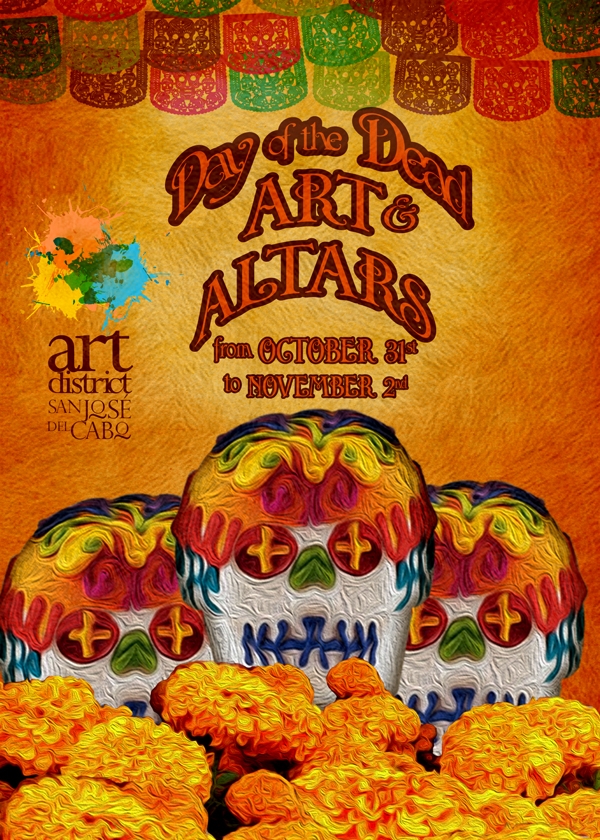
It’s party time in Cabo: with Halloween just a few days away,
the town it taking on distinctly ghoulish and spooky feel!
Halloween actually originated as a Celtic festival having
its roots in Scotland, Ireland and Wales where it grew from the ancient pagan
rites observed after harvest and at other important times of the year. The modern
practice of dressing up was an extension of the “mummers” or “guisers” who wore
costumes at that time, originally thought to disguise or protect them from evil
spirits. In 16th century Scotland it became popular for youths to go
from house to house dressed up and offering to sing or recite poetry for gifts
of food, but if they were refused there was a sting in the tail in the form of threatened
mischief. This is likely one of the roots of Trick Or Treat.
Of course it has come a long way since its pagan beginnings
and now Halloween could be almost thought of as one of THE big holidays of the
year for Americans. The annual New York Halloween Parade, initiated in 1974 by
puppeteer and mask maker Ralph Lee of the Lower Manhattan neighborhood of
Greenwich Village in New York City, is the world's largest Halloween parade and
America's only major nighttime parade, attracting more than 60,000 costumed
participants, 2 million in-person spectators, and a worldwide television
audience of over 100 million.
Here in Cabo it may not be as big an event but there is
still plenty to do and see with almost every bar, restaurant and night club
running themed events and promotions from pumpkins on the tables to Zombies
serving drinks! Fun is the object of the exercise.
The other main holiday at this time is the Day of the Dead
(Spanish: Día de Muertos)This is a very Mexican holiday observed
throughout Mexico. The focus is on gatherings of family and friends to pray for
and remember those who have died. It is a bank holiday and the celebrations
takes place on October 31, November 1 and November 2.
People go to cemeteries to be with the souls of the departed
and build private altars containing the favorite foods and beverages, as well
as photos and memorabilia, of the departed. The intent is to encourage visits
by the souls, so the souls will hear the prayers and the comments of the living
directed to them. Celebrations can take a humorous tone, as celebrants remember
funny events and anecdotes about the departed.
A common symbol of the holiday is the skull (in Spanish
calavera), which celebrants represent in masks, called calacas (colloquial term
for skeleton), and foods such as sugar or chocolate skulls, which are inscribed
with the name of the recipient on the forehead. Sugar skulls as gifts can be
given to both the living and the dead. Other holiday foods include pan de
muerto, a sweet egg bread made in various shapes from plain rounds to skulls
and rabbits, often decorated with white frosting to look like twisted bones.
The most distinctive sight though is those with calavera
make-up: in other words people made up to look like skulls and skeletons.
The Day of the Dead celebrations in Mexico can be traced
back to a pre-Columbian past. Rituals celebrating the deaths of ancestors had
been observed by these civilizations perhaps for as long as 2,500–3,000 years
so with both the Day of the Dead and Halloween we are talking about very deeply
rooted, cultural events which have, over time, been assumed into modern holidays.
And the great news is that if you are in Cabo during this
time you get to celebrate and experience both!